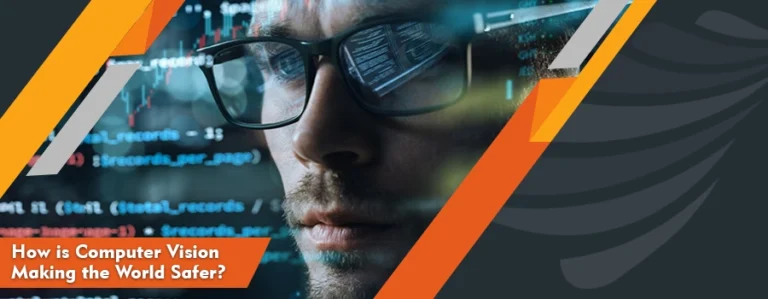Live Streaming Vs Video Conferencing
When someone views a video on an online platform, they employ live streaming as a form of data transfer. It’s a method of delivering a video clip in small parts, usually from a distant storage place. Client devices don’t have to download the full movie before starting to play it because only a few instants of the video clip are sent over the internet at a moment in time.
However, Video conferencing is a live, visual link via the internet that simulates a face-to-face conference between two or more remote people. Video conferencing is significant because it connects people who would not otherwise be able to communicate face to face.
Video conferencing at its most basic level is the transfer of static pictures and text across two locations. It can transmit full-motion video pictures and rising audio between several sites at its most advanced level.
How Live Streaming is differed from Video Conferencing?
Zoom call is easily identifiable. We’re allowed to treat participants’ tiling layouts, but there’s little flexibility to personalize it or create the comprehensive browsing audience engagement here.
Live streaming, on either hand, gives you total control over what your viewers see. This comprises using an adequate amount of pixel density to highlight guests, displaying logos, brand components on the screen, adding words based that reinforce your narrative, and promoting sponsors.
Technologies Video Conferencing and Live Streaming Used.
The phrase “live streaming” refers to the video which broadcast over the online platform in real-time rather than being captured and saved first. Live-streaming is now possible for TV broadcasts, video game streams, and social-sites clip.
The capabilities of most video conferencing systems are continuously growing, and the interoperability across devices from top manufacturers is outstanding. Most video conferencing devices, for example, include two displays and two cameras, one for users and one for papers. Despite the increasing number of capabilities, most current video conferencing systems can be controlled using a basic remote control, like those used to regulate a broadcast tv.
What is Similar in Video Conferencing and Live streaming?
Both video conferencing and live streaming is available right now! Both can include pre-recorded portions, but the focus on the event is on live-action instead of a video shared on social media.
Other parallels include:
1. Both support real-time communication, which enables pre-recorded films or prepared documents to be displayed.
2. Both platforms enable visitors to participate with their own visual media; however, the method varies per platform.
3. Both have text-based chat options that enable viewers to remark and reply.
4. Both allow the host to silence other attendees.
Benefits of Live Streaming:
Video quality is one of the main distinctions between online conferencing tools and livestreaming systems. Conferencing software generally has a resolution of 640×480 pixels, but systems like Livestream provide a more dynamic and technical experience with numerous cinematography and transmissions up to 1080p.
Uploading, storing, and managing your on-demand films in a single account is simple with livestreaming services. A positive user experience might be the difference between your visitors continuing to watch your videos long after your live event has ended.
Examining the data is the greatest approach to figure out what can be done better with your future event. With real-time data from our indigenous analytics dashboard, platforms like Livestream allow you to get to know your audience across streaming media venues. This will allow you to see how your staff respond to your communication.
Benefit of Video Conferencing:
There are several advantages to using video conferencing services. In the workplace, they may enhance employee throughput while also expanding communication, and interaction with coworkers, partners, and customers.
Lower travel expenses — notably for employee training — and shorter meeting and project durations, a consequence of increased communication among team members, are concrete benefits of video conferencing for organizations. Businesses may also boost income by holding better virtual sales meetings.
What do you prefer?
Live streaming gives you a professional, one-of-a-kind appearance. You may plan how specific individuals appear on the screen and even enable visitors to converse (allowed with Green Room), avoiding over-talking while preparing to answer queries.
Consider a happy hour with friends: You don’t need to add logos or be concerned about where people appear on the screen. You’re pleased no matter what the view is if you can see your buddies. There are many instances in between (lessons, podcasts, concerts), but the question to consider is whether your audience will appreciate you being able to offer a more polished experience. If so, live streaming is the way to go. If so, live streaming is the way to go. If you’re just hanging out with your friends, use Video Conferencing.
Consider the worth of your material as well as the size of your audience. If you need to reach hundreds or thousands of people and deliver dynamic information utilising video roll-ins and graphic overlays, you’ve come to the right place. You get greater control over the message and deliver a higher-quality, more powerful presentation.





